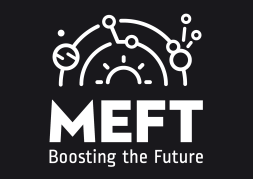Speaker
Description
This work explores the design, fabrication (via binary lithography), and preliminary testing of transmissive binary diffractive axicons. The study investigates the axicon’s phase modulation functionality and diffraction behavior under broadband femtosecond Yb (ytterbium) pulsed laser illumination, addressing challenges such as limited phase accuracy by using binary lithography instead of more precise but complex grayscale techniques.
Axicons, a type of Diffractive Optical Element (DOE), are critical for structured light generation and spatiotemporal beam shaping, with applications in nonlinear optics and ultrafast photonics. When illuminated, axicons produce concentric diffraction rings, with the first-order ring being a key feature corresponding to the desired Bessel-like profile.
A 5 mm diameter binary axicon was designed using scalar diffraction theory and fabricated on a fused silica substrate using two microfabrication methods: metal lift-off and ion beam etching (IBE). While the lift-off process was hindered by incomplete resist removal and metal delamination, the IBE method successfully produced functional axicons. Preliminary optical testing confirmed the generation of the expected first-order diffraction ring under broadband Yb illumination (centered at 1030 nm), validating the device’s basic phase modulation capability.
This study lays the groundwork for scaling to grayscale lithography, to improve diffraction efficiency and spectral resolution, and ultimately enabling the generation of spatiotemporally structured beams (commonly referred to as 'light springs') for high-resolution beam manipulation.

